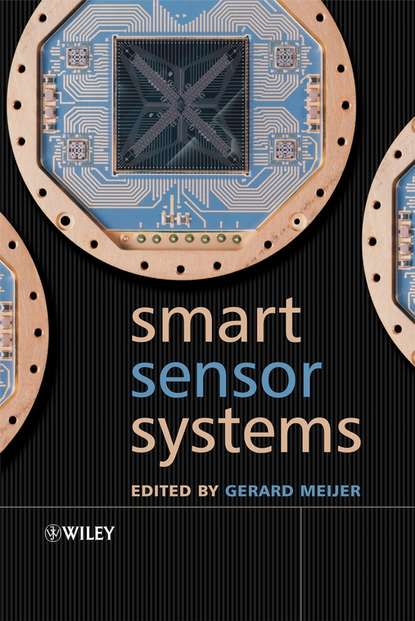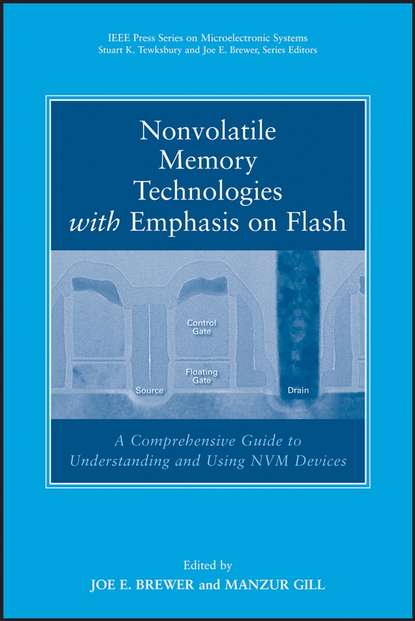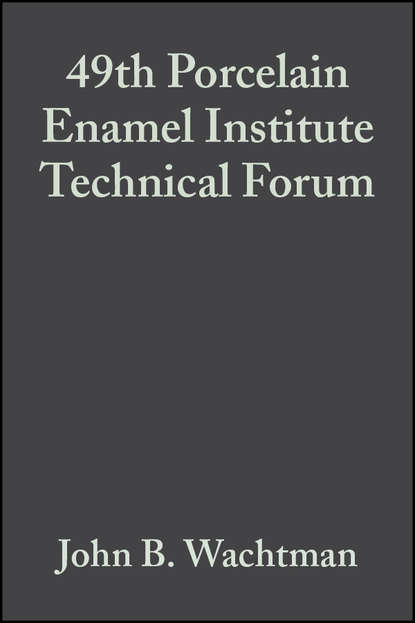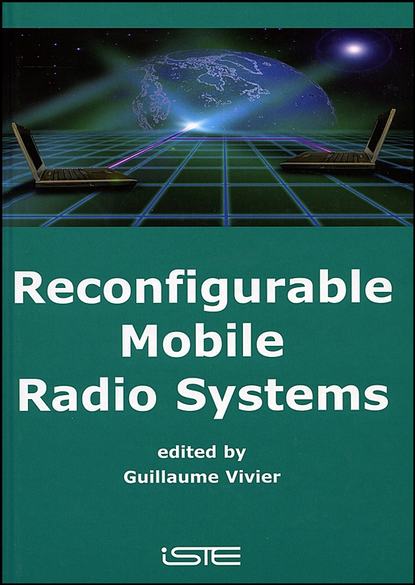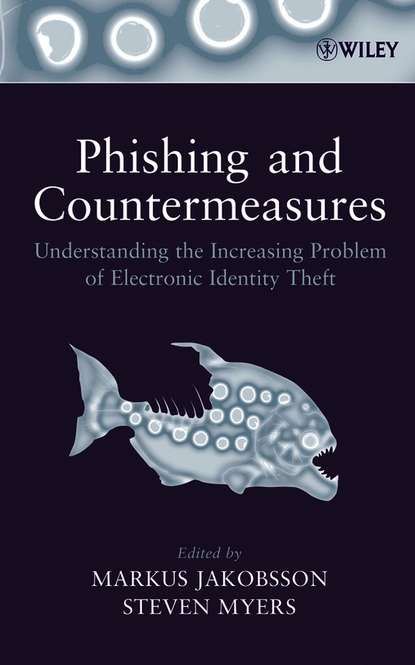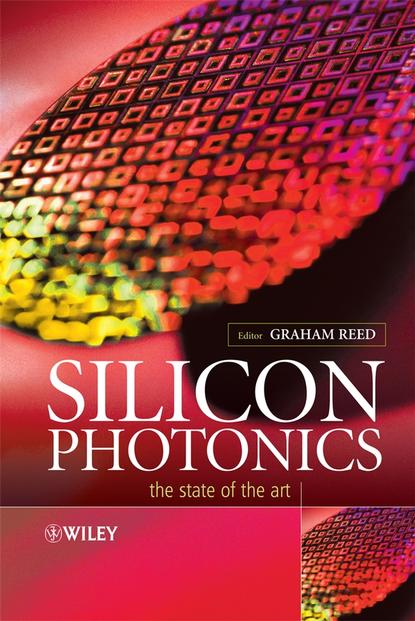В книге “Smart Sensor Systems” автор Gerard Meijer рассматривает все важные аспекты проектирования и построения интеллектуальных сенсорных систем, используя междисциплинарный подход. В книге представлены статьи от всемирно известных экспертов, которые охватывают весь спектр сенсорной технологии, включая теорию и ограничения базовых элементов, методы обработки сигналов и электронику. Она рассматривает темы на всех уровнях от базовых элементов до прикладных вопросов. Этот том является дополнением к книге “Smart Sensor Systems”, которая представляет теоретические основы. В данном томе рассматриваются практические применения, такие как: современные методы проектирования интеллектуальных датчиков и систем датчиков, включающие методы измерения на системном уровне, такие как совместная работа и настройка, и методы измерения импеданса. Сенсорные элементы и системы датчиков для измерения механических величин, а также микроматрицы для обнаружения ДНК. В книге также рассматриваются вопросы проектирования электронных схем для сенсорных систем, таких как разработка малошумящих электронных схем.
Эта книга, дополняющая недавно вышедшую книгу «Smart Sensor Systems» («Умные сенсорные системы») под редакцией Г. Мейера (издательство Wiley, 2009), освещает практические применения датчиков в области исследования механических и электронных систем, а также раскрывает тему работы с ДНК. Будучи источником знаний для студентов соответствующих специальностей, инженеров и ученых, работающих в данной области, эта книга также может представлять интерес для широкого круга читателей, интересующихся развитием научных исследований в эпоху информационных технологий.
Электронная Книга «Smart Sensor Systems» написана автором Gerard Meijer в году.
Минимальный возраст читателя: 0
Язык: Английский
ISBN: 9780470866924
Описание книги от Gerard Meijer
With contributions from an internationally-renowned group of experts, this book uses a multidisciplinary approach to review recent developments in the field of smart sensor systems, providing complete coverage of all important system and design aspects, their building blocks and methods of signal processing. It examines topics over the whole range of sensor technology from the theory and constraints of basic elements, the applied techniques and electronic, up to the level of application-orientated issues. Developed as a complementary volume to ‘Smart Sensor Systems’ (Wiley 2008), which introduces the theoretical foundations, this volume focuses on practical applications, including: State-of-the-art techniques for designing smart sensors and smart sensor systems, with measurement techniques at system level, such as collaboration and trimming, and impedance-measurement techniques. Sensing elements and sensor systems for the measurement of mechanical quantities, and microarrays for DNA detection. Circuitdesign for sensor systems, such as the design of low-noise amplifiers, and measurement techniques at device level, such as dynamic offset cancellation and optical imagers. Implantable smart sensors for bio-medical applications and automotive sensors. A supplementary website hosts case studies and a solutions manual to the problems Smart Sensor Systems: Emerging Technologies and Applications will greatly benefit final year undergraduate and postgraduate students in the areas of electrical, mechanical and chemical engineering, and physics. Professional engineers and researchers in the microelectronics industry, including microsystem developers, will also find this a thorough and useful volume.
